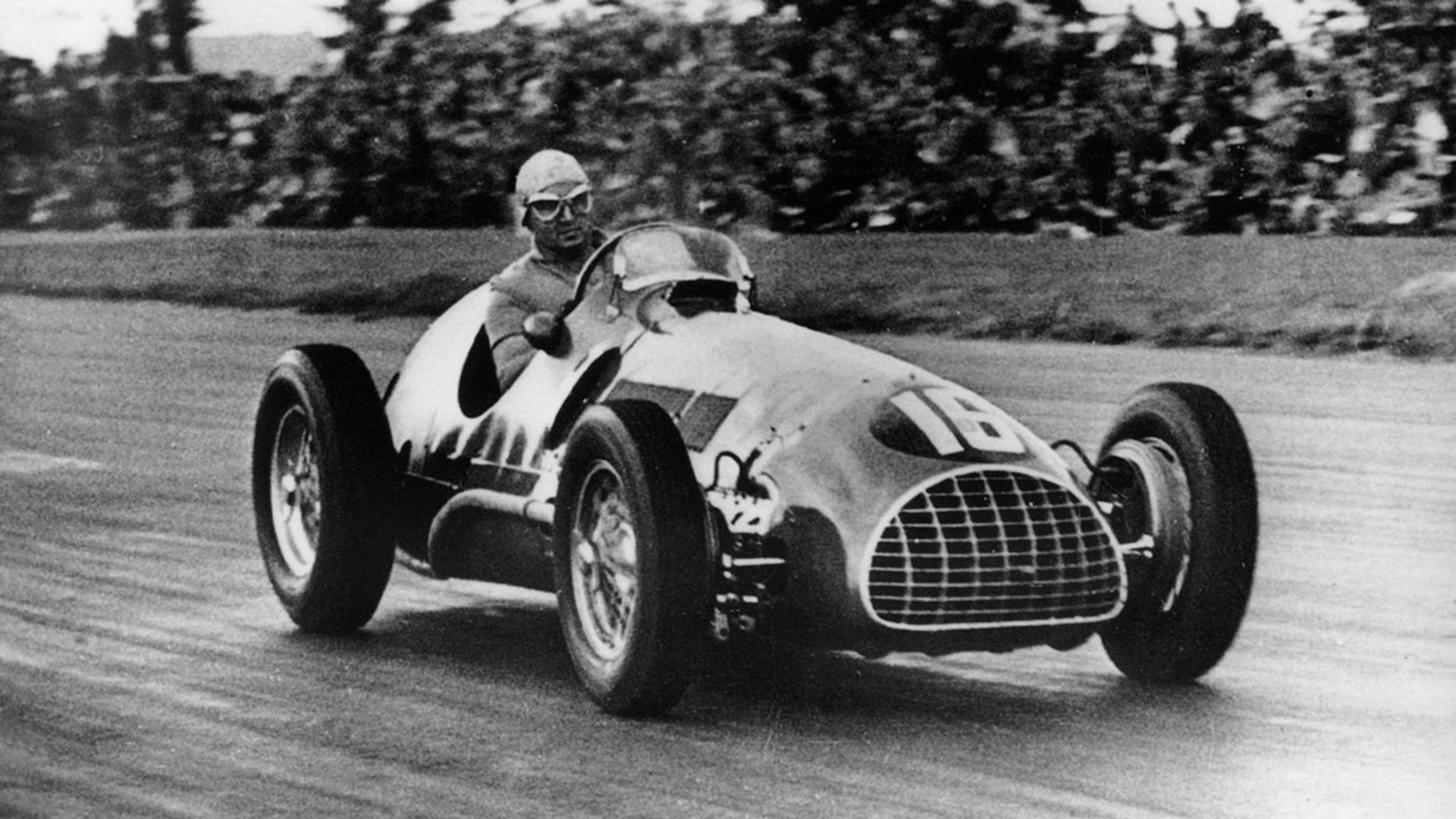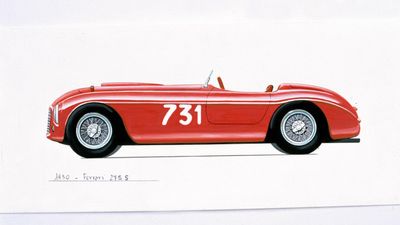









DEBUT IN F1
ASCARI IS SECOND AT MONACO






DEBUT IN F1
Although life had come to a standstill during the war, by 1950 the world was a whirlwind of activity. People were eager to get going again, to rebuild their country and lives, to channel their energy and resources into new challenges.

Post-war industrial rebirth had begun and the automobile world, too, sprang into action as new models were presented and the number of private cars on the road climbed. The racing world was just the tip of the iceberg of this new hunger for progress, and drivers once again were adored for their fearless, superhero-like feats. The Fédération Internationale de l’Automobile (FIA) set out to provide stricter regulation for racing and decided to launch a new top category starting in 1950. The result was the first F1 World Championship. Six European Grands Prix were selected and a seventh, the Indy 500 in the United States, was added. Post-war industrial rebirth had begun and the automobile world, too, sprang into action as new models were presented and the number of private cars on the road climbed. The racing world was just the tip of the iceberg of this new hunger for progress, and drivers once again were adored for their fearless, superhero-like feats. The Fédération Internationale de l’Automobile (FIA) set out to provide stricter regulation for racing and decided to launch a new top category starting in 1950. The result was the first F1 World Championship. Six European Grands Prix were selected and a seventh, the Indy 500 in the United States, was added.
The 1950 season began with the British Grand Prix at Silverstone in England, but Scuderia Ferrari chose not to take part, opting instead to compete in an F2 race at Mons in Belgium where Ascari, Villoresi and Cortese delivered a one-two-three finish in their 166 F2s. In fact the F1 world title was decided on the basis of each team’s top four placings and they could choose when and where to compete. According to the regulations, F1 cars could use either supercharged 1.5-litre engines, or 4.5-litre naturally-aspirated power units.
Enzo Ferrari decided to field three supercharged 125 F1s from the second round of the season, the Monaco GP, for Alberto Ascari, Luigi Villoresi and Frenchman, Raymond Sommer. May 21 1950 was thus a historic date in motor sport history as it marked the Scuderia Ferrari’s Formula 1 debut. The 125 F1s were less powerful and heavier than their rivals. Ferrari, of course, was well aware of this and already thinking ahead to a new single-seater. The Monaco race was marred by an accident on the first lap. A freak wave wet the track at the tight Tabac corner, causing Giuseppe Farina to spin while he was second behind Fangio. The Italian driver and nine other competitors were forced to retire as a result of the incident.

Juan Manuel Fangio dominated the 100-lap race for its entire three-hour-plus duration, starting from pole and then setting the race’s fastest lap in his Alfa Romeo 158. Alberto Ascari finished second a lap behind, while Sommer was fourth. Villoresi unfortunately had to retire with gearbox problems. Enzo Ferrari was patently dissatisfied with this result and decided to push forward the development of the new car and a more powerful engine. He put pressure on his technical staff, and in the course of the season, they produced three new naturally-aspirated V12 engines: first the new 3,300 cc 275, then the 4,100 cc 340 and, last but not least, the 4,500 cc 375. The engineers efforts had produced three evolutions in a few short months, a fitting display of the Maranello team’s engineering potential.